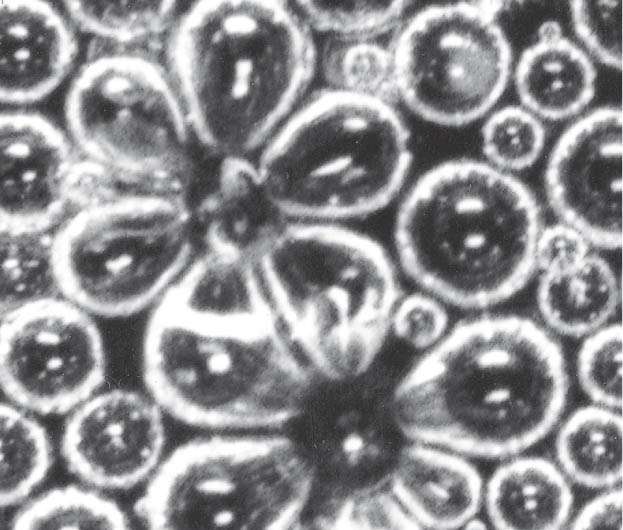Champagne owes its taste to the finely tuned quality of its bubbles: scientists

Ever wondered how the fate of champagne bubbles from their birth to their death with a pop enhances our perception of aromas? These concerns, which are relevant to champagne producers, are the focus of a special issue of European Physical Journal Special Topics, due to be published in early January 2017—celebrating the 10th anniversary of the publication.
Thanks to scientists, champagne producers are now aware of the many neuro-physico-chemical mechanisms responsible for aroma release and flavour perception. The taste results from the complex interplay between the level of CO2 and the agents responsible for the aroma—known as volatile organic compounds—dispersed in champagne bubbles, as well as temperature, glass shape, and bubbling rate.
In the first part of the Special Topic issue, Gérard Liger-Belair from CNRS in Reims, France, has created a model to describe, in minute detail, the journey of the gas contained in each bubble. It starts from the yeast-based fermentation process in grapes, which creates CO2, and goes all the way to the nucleation and rise of gaseous CO2 bubbles in the champagne flute. It also includes how the CO2 within the sealed bottle is kept in a form of finely tuned equilibrium and then goes into the fascinating cork-popping process.
The second part of this Special Issue is a tutorial review demystifying the process behind the collapse of bubbles. It is mainly based on recent investigations conducted by a team of fluid physicists from Pierre and Marie Curie University, in Paris, France, led by Thomas Séon. When a champagne bubble reaches an air-liquid interface, it bursts, projecting a multitude of tiny droplets into the air, creating an aerosol containing a concentration of wine aromas.
More information: G. Liger-Belair and T. Séon (2017), Bubble Dynamics in Champagne and Sparkling Wines: Recent Advances and Future Prospects, European Physical Journal ST, DOI: 10.1140/epjst/e2017-02677-8
G. Liger-Belair (2017), Effervescence in champagne and sparkling wines: From grape harvest to bubble rise, European Physical Journal ST, DOI: 10.1140/epjst/e2017-02678-7
T. Séon and G. Liger-Belair (2017), Effervescence in champagne and sparkling wines: From bubble bursting to droplet evaporation, European Physical Journal ST, DOI: 10.1140/epjst/e2017-02679-6
Journal information: European Physical Journal
Provided by Springer

















